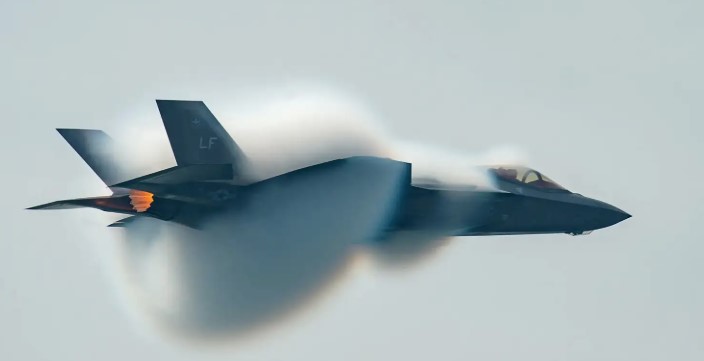The Canadian military expects to release the F-35 Review soon. The Defense Minister confirmed that the military will finalize the F-35 Review by the end of summer, which means by late September. After completing the F-35 Review, the military will send it to the Prime Minister, who will make the final decision on whether Canada will proceed with buying the aircraft.
F-35 Review Underway Amid U.S. Pressure
The F-35 fighter jet is an advanced American-made aircraft that Canada planned to purchase. The proposal includes buying 88 jets from the United States. Canada originally selected this aircraft because it fits well with its defense needs and allows closer cooperation with the U.S. military.
However, the U.S. government has warned that if Canada decides not to proceed with the purchase, there could be serious consequences. U.S. officials claim that the decision could weaken important military alliances, such as NORAD. NORAD is a defense partnership between the U.S. and Canada that monitors airspace and responds to threats.
The U.S. ambassador to Canada explained that NORAD works best when both countries use the same type of aircraft. If Canada chooses a different jet, the aircraft may not work together properly, which could cause problems in joint defense operations.
Portugal backs Rafale jets over F-35 to improve integration with European forces
Additionally, the U.S. worries that Canada might buy two different types of fighter jets—one from the U.S. and another from a different country like Sweden. Some experts view the Swedish Gripen jet as better suited for Arctic operations and rough airfields in northern regions. However, the U.S. warned that running two separate air fleets would be expensive and inefficient.
The ambassador also described the ongoing F-35 Review as an “irritant” that is making it harder to finalize trade agreements between the two nations.
Support and Concerns Within Canada Over the F-35 Review
Some defense experts and military officials support the purchase of the F-35. They argue that it helps maintain strong ties with the U.S. military. The aircraft’s software upgrades and parts are controlled by the U.S., which makes integration easier and ensures access to advanced technology.
Supporters also say that Canada’s plan to increase its defense budget would allow it to afford two air fleets if necessary. They believe that the Gripen’s ability to operate in extreme Arctic conditions would benefit Canada’s northern defense.
U.S. softens on S-400 standoff — Türkiye’s F-35 return back on the table
On the other hand, some retired military leaders have expressed serious concerns. They argue that the U.S. government has become less reliable in recent years. This has raised doubts about depending fully on American-made jets.
The uncertainty stems from the current political climate. U.S. officials, including the President, have made strong statements against Canada, suggesting economic penalties and even pushing the idea of merging Canada into the U.S. This has caused anxiety among Canadian defense planners.
The debate over whether to continue with the F-35 purchase reflects a deeper concern about trust, military dependence, and national security. Many observers are watching the F-35 Review closely, as it could reshape Canada’s defense strategy.
Recent Problems With the F 35 Program
The Canadian military’s concerns are not without reason. A recent report from the U.S. Government Accountability Office revealed serious issues with the F-35 program, which are being highlighted in the F-35 Review.
The problems are mainly related to the Block 4 version of the jet, which is the exact model Canada plans to buy. The report says that the program is over budget by at least six billion dollars and is five years behind schedule.
Despite nearly 20 years of work, the program has not met expectations. The report states that the aircraft has continued to overpromise results and underdeliver in performance and cost.
The Department of National Defense in Canada responded by saying they will continue to monitor the situation closely as part of the F-35 Review process.
Russian drones threaten Poland but Dutch F-35 jets lead joint strike to neutralize danger
The problems with the F-35 add to the debate on whether Canada should buy this fighter jet or explore other options like the Gripen.
The Canadian air force believes that buying the F-35 will allow seamless coordination with U.S. forces. Yet, others worry that relying on one supplier for software and parts could leave Canada vulnerable if political relations sour.
The F-35 Review ordered by the Prime Minister comes at a critical time, as both defense capabilities and international relations are being tested.

